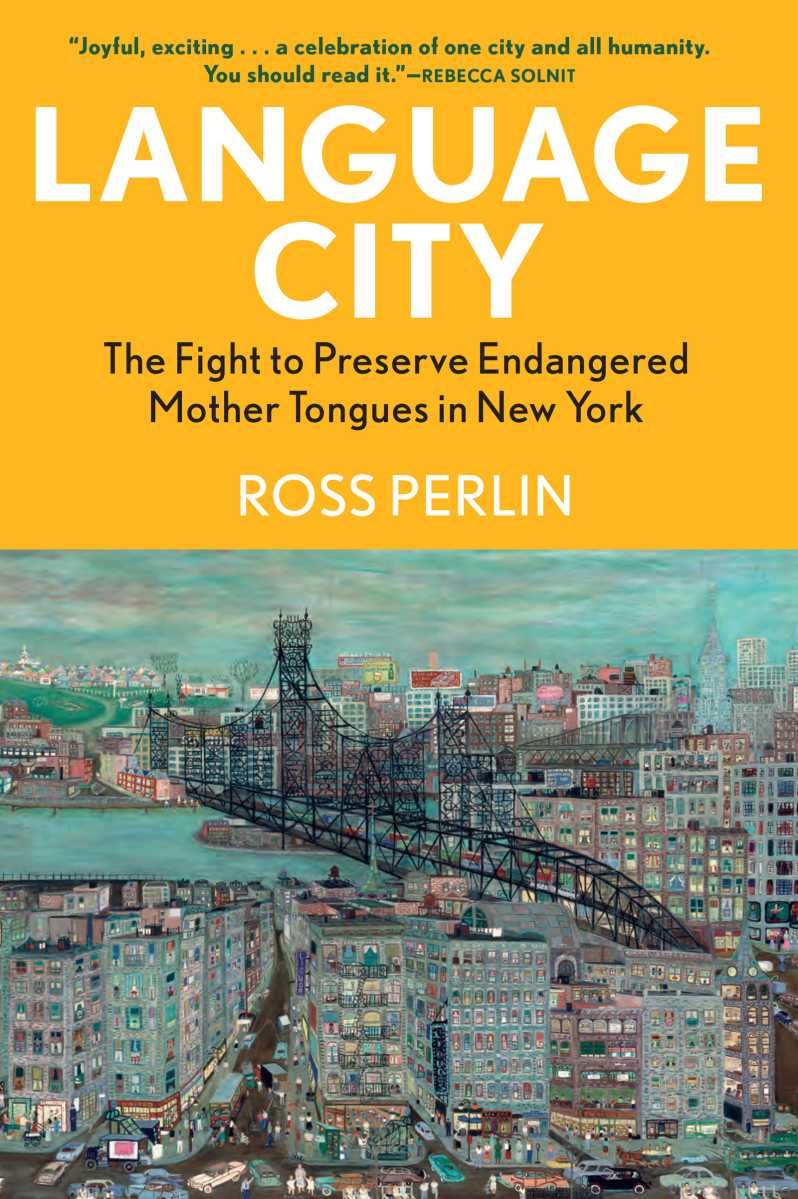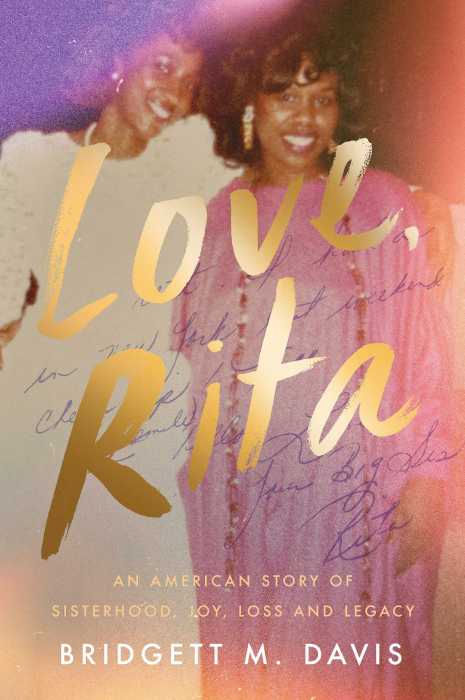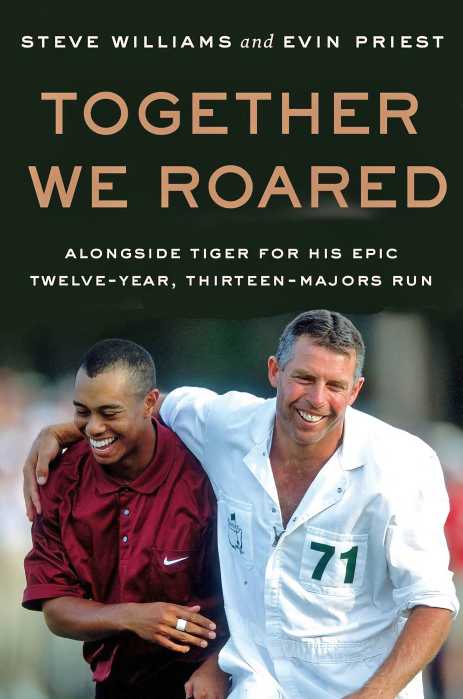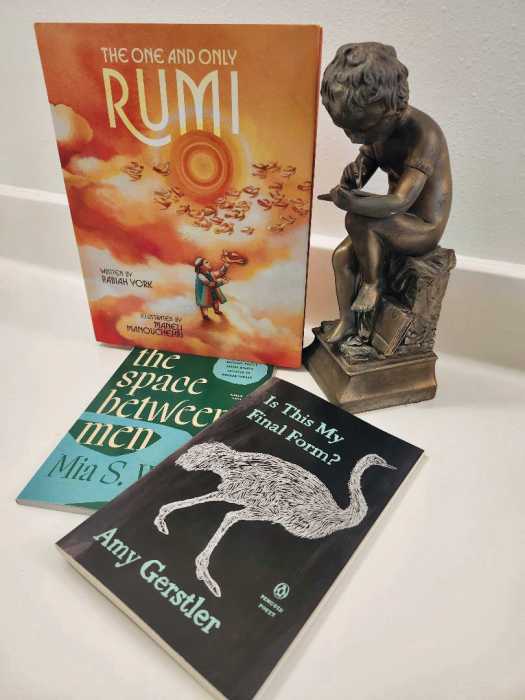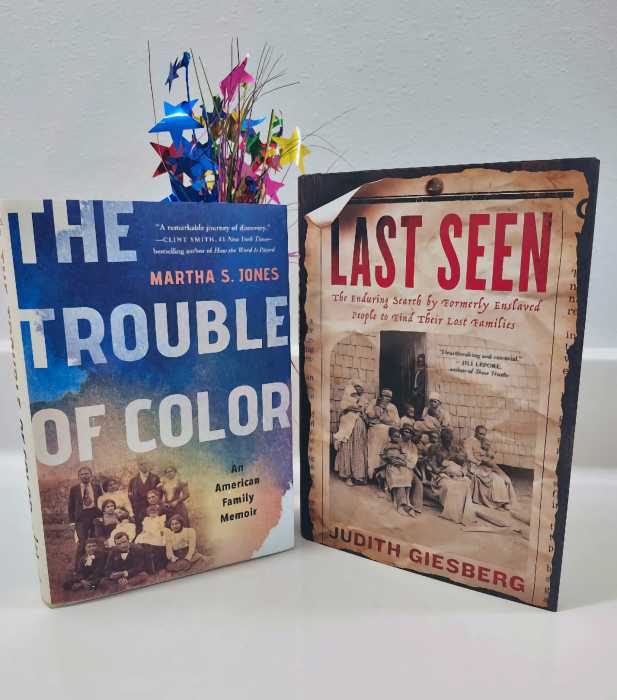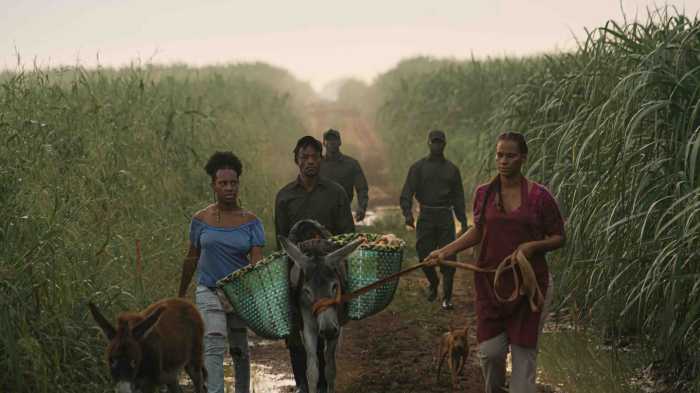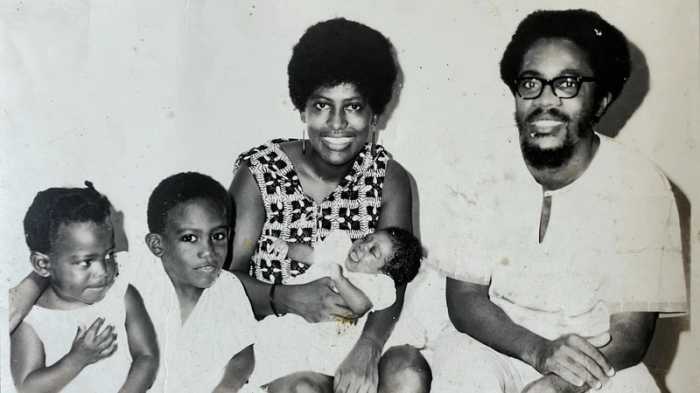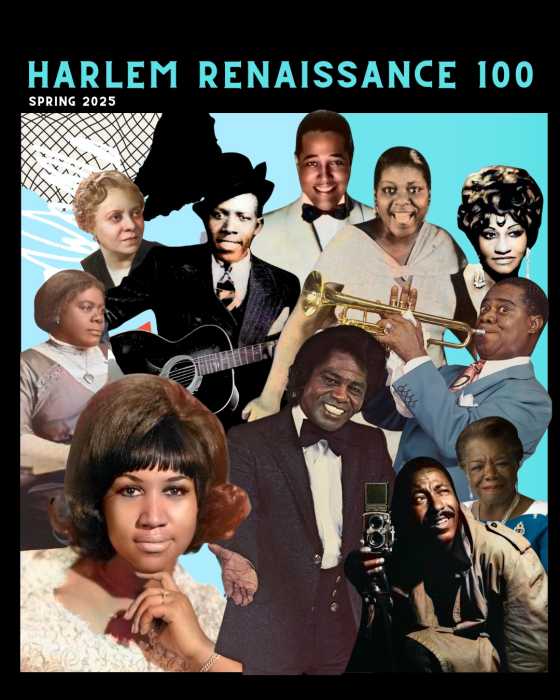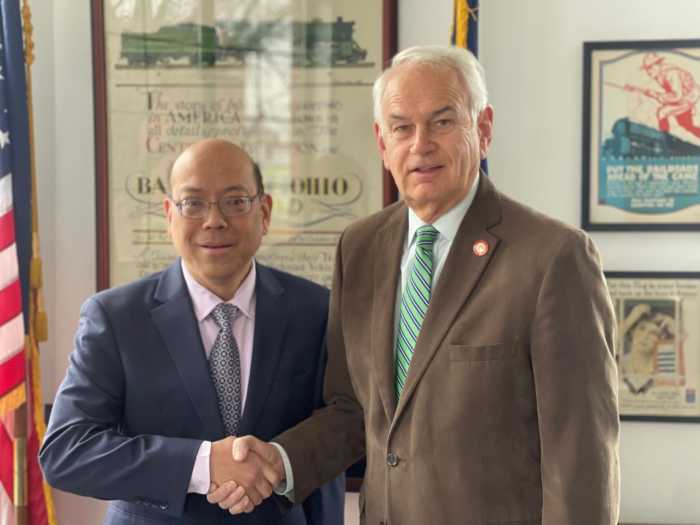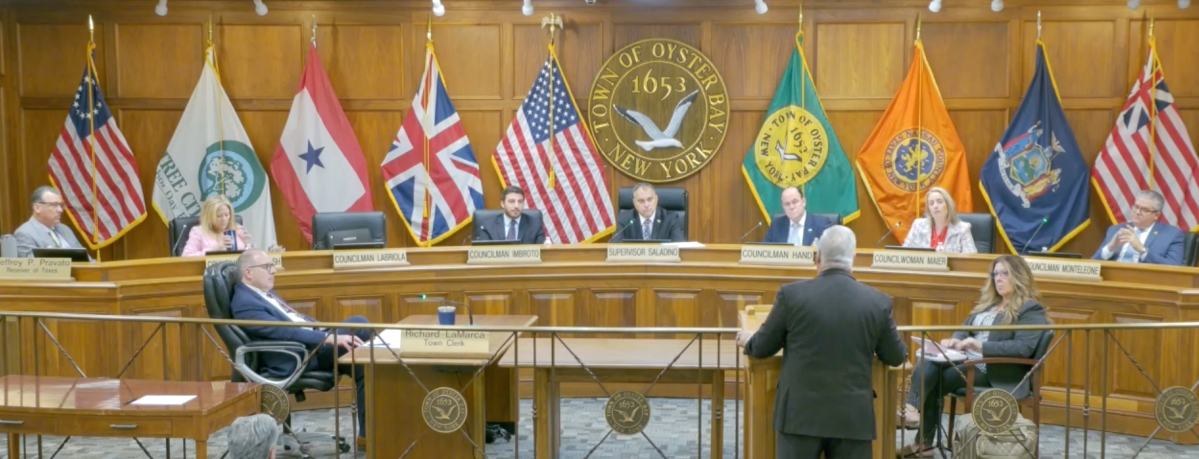“Language City: The Fight to Preserve Endangered Mother Tongues in New York” by Ross Perlin
c.2024
Atlantic Monthly Press
$28.00
415 pages
On your way out the door this morning, you grabbed your Mexican-made jacket, your Italian watch, and your Brazilian coffee and headed for your Japanese vehicle while thinking Chinese take-out might be good tonight. It will, but first: “Language City” by Ross Perlin. You’re obviously a person of the world. Why not read like one?
Years ago, as a youngster, Ross Perlin “longed for other languages.” In his lifetime, he tried Spanish and French, Latin and Old Norse, Russian, Arabic, and Mandarin until eventually, after traveling the world and listening, his yearning took him to the Endangered Language Alliance of New York. Perlin is now a co-director there, where a “loose network of a few hundred people… share a passion for languages…”
“Languages,” he says, “are being lost every year” and the ELA helps to capture them first. If a language is spoken by one person living in New York City, chances are that others somewhere in the world speak that language, too, and efforts are made to save it before it has a chance to disappear.
The words we use are malleable things that adapt, adopt, and adjust. Slang spoken in one neighborhood may not apply upstate; meanings change and words are artfully created. Many cities in the U.S. have become “American archipelago[s] of refuge,” allowing for a symphony of language to slip into the local landscape.
“Past Babels faded unrecorded,” Perlin says, “but we should listen to the ones emerging today. They are the most diverse in history, the first with a truly global reach.”
Here, he profiles a “vertical village” of roughly a hundred Seke speakers living “seven thousand miles from home.” He writes of Himalayan singers “who are collectively keeping alive a… range of vocal traditions in six different languages…” He tells the story of a multilingual Wakhi woman and the efforts to teach the Pamiri language to kids. He writes of his friend who studies Yiddish; a modern alphabet in West Africa; a language that helped name our favorite Mexican dishes; and an indigenous New York language that’s in danger of disappearing.
For decades now, conservationists have decried the sad facts of extinction. Once the thylacine, the dodo, and the passenger pigeons were gone, they were gone. The same can happen to words, says author Ross Perlin, and the shame of it isn’t any less.
To employ a common phrase, though, it’s complicated.
Through the people we meet in “Language City,” you’ll see how linguists find and follow less-spoken languages around and back in time to capture and preserve those tongues before they’re lost. In telling this story, Perlin leans on science and linguistics – sometimes too deeply, without much explanation, so beware.
If you’re not paying attention, you can easily get lost, too.
Readers who study culture and language will be intrigued by this, and by the ELA’s efforts. Then again, you may often become befuddled because a lot of Perlin’s narrative is written in (guess what?) other languages. You might find “Language City” bellissimo, or it may be too complicado.


